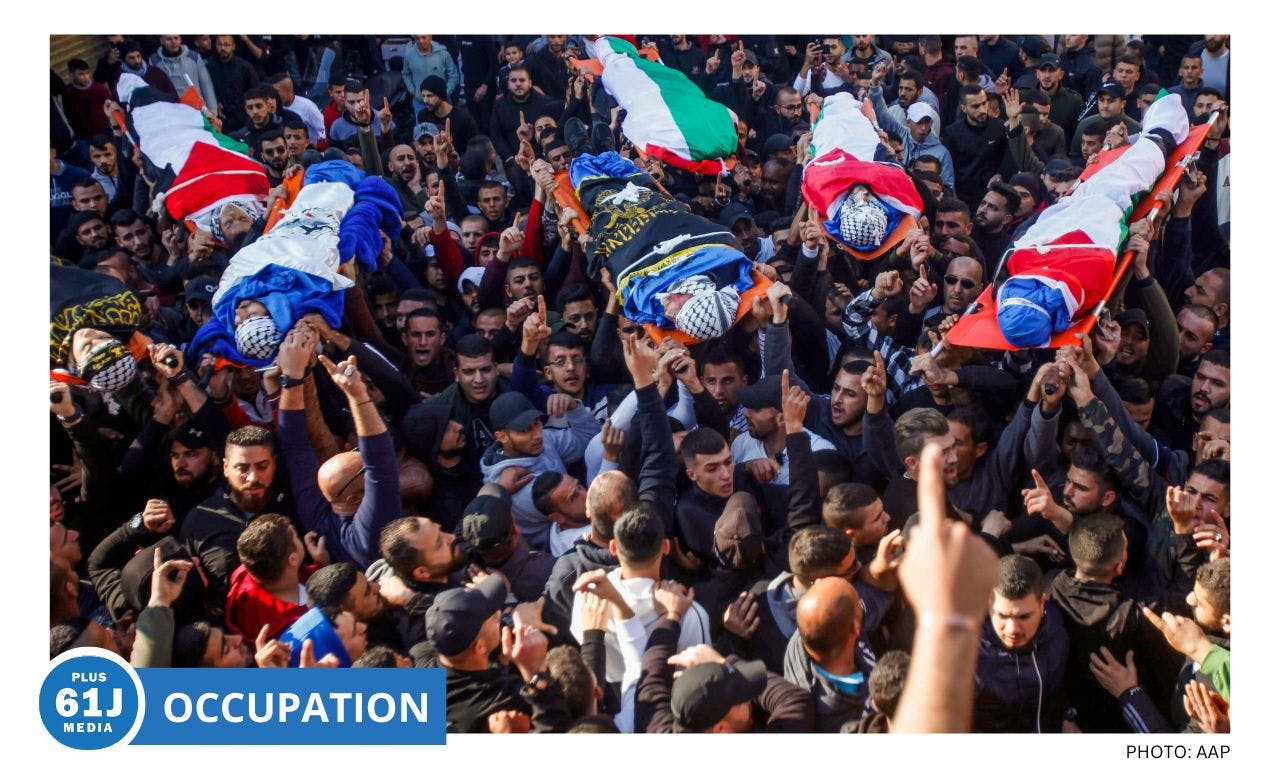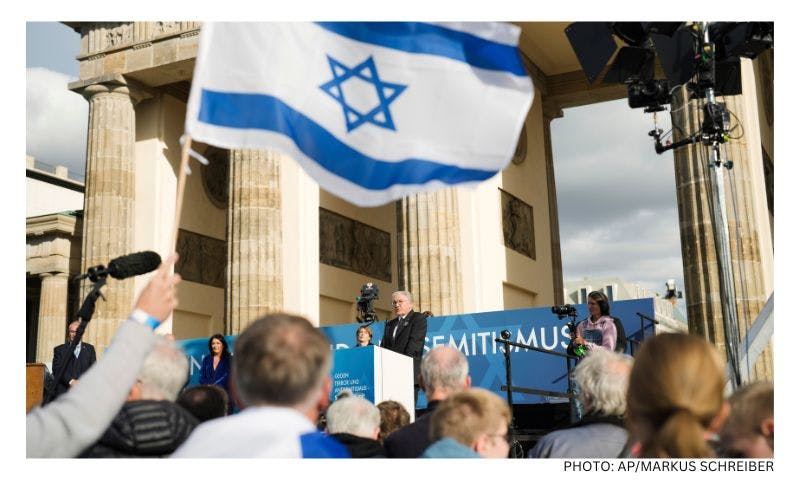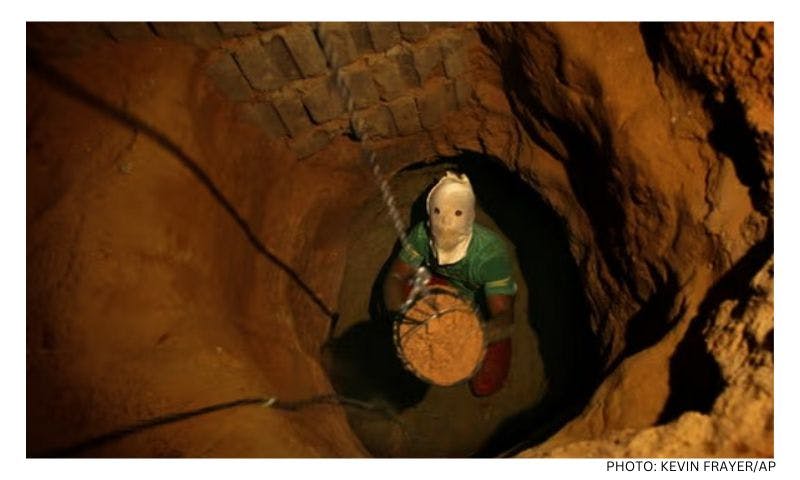Published: 24 June 2019
Last updated: 4 March 2024
“The ANZAC race was about history, this race was about the future,” the Australian-born Hakim said.
Some 50 Gaza residents and 80 Israelis embarked on a bicycle ride titled “Gaza ride for peace,” to bring the plight of Gaza’s impoverished population to world attention. The Israelis began with a running race along the border at 6am, followed by two optional biking trails: easy and advanced. On the Palestinian side, the four-kilometre ride was moved from Gaza’s dangerous border with Israel to a safer location along the Mediterranean coast.
[gallery columns="2" size="medium" ids="29084,29085"]
The race was initiated by Manar Sharif, a member of the Gaza Youth Committee, a grassroots group advocating youth empowerment and a peaceful solution to the conflict. Sharif said she was concerned by the tendency of youngsters in Gaza to join the weekly Return Marches, where many young men are maimed or killed.
“They are just seduced to join those marches with money or job prospects, and they have nothing better to do,” she said. “They have no tools to liberate Jerusalem as they aspire to.”
Sharif and her colleagues at the Gaza Youth Committee recruited youngsters from Gaza’s impoverished districts for the bike race, youth which would otherwise be up to no good.
“These are guys who come with the culture of the street, who’ve lived difficult lives,” Sharif said. “I tried to put forward a different model for them, one with hope for change in the future. They are in great need of new awareness.”
Despite initial agreement by Gaza’s border authority, the government backtracked and vetoed the original idea of a race on both sides of the border. Eventually, the riders in Gaza were accompanied by an ambulance and a police car.
[gallery columns="1" size="large" ids="29087"]
Hakim, a native of Sydney, moved to Israel in 2000 after winning international medals in karate for Australia, Japan and Israel. The organisation he founded, Budo for Peace, is geared at bringing together Israelis and Arabs around the values of martial arts. Hakim hopes to expand this ideal to sports more broadly. Last April, He implemented the first International Day of Sport and Peace in Israel.
“Globally and historically, sport has been a platform for bringing enemies together,” said Hakim, citing the examples of “ping pong diplomacy” between China and the US in the early 1970s; the Winter Olympics uniting North and South Korea; and Iran’s recent agreement to respect the rules of the International Judo Federation and compete against Israeli athletes in the future.
“With all participants wearing the same uniforms and respecting the same rules, sports can break down barriers of ignorance and fear,” Hakim said. “For me, it’s a no-brainer.”
In Gaza, Hakim’s vision still seems far-fetched. A popular hardline news website used footage from the race to denounce participants as “normalisers” with Israel and traitors to the Palestinian cause. “How should these activities be dealt with?” the video rhetorically asked.
Doubi Schwartz, regional program officer of the Alliance for Middle East Peace which oversees a network of 110 people-to-people peace organizations across the Middle East, was also at the Gaza border to support the riders on the other side. The Gazans printed t-shirts with a logo for the race, and sent the same logo to Schwartz to be printed in Israel.
“We recruited participants through word of mouth,” Schwartz said. “We’re all activists, so we all know people who want to get involved.”
“Most of our activities are coordinated with Palestinians in the West Bank. In Gaza, we have very few joint initiatives. We can’t go there and they can’t come here, so we saw this as a fine opportunity to draw them into our framework,” he added. “we wanted to get Gaza on the map.”
Schwartz said that as an activist, he enjoys grassroots ideas involving young people, even as he huffed and puffed up the trail on his bike. “The fact that we had religious people from local communities who aren’t ‘usual suspects’ of the peace camp was wonderful.”
“Not everyone enjoys meetings where we talk about the Nakba (the Palestinian term for the war and displacement of 1948 -E.M.) within two minutes of meeting each other,” Schwartz said. “This is an alternative way of humanizing and legitimizing the other side.”
That sense of excitement was shared by Manar Sharif of Gaza. “There was a feeling of something new taking place, something that never happened before,” she said. “The solution will have to come from Palestinians and Israelis themselves. We’ve waited so long for solutions to come from our leaders, but nothing happened.
Main photo: Palestinians receiving their prizes after the ride
All photos supplied




